When Tang Wen Yu first put together a mock-up model of a building for her class assignment at the School of Science and Technology (SST), she had little idea that that would be the first of her many architectural endeavours.
Today, Wen Yu, who is 20 this year, is a fresh graduate of Ngee Ann Polytechnic (NP)’s Diploma in Sustainable Urban Design & Engineering (SDE)*, specialising in architecture.
“I did relatively well on that assignment at SST, but I thought of it as just a fun project; I wasn’t thinking of studying architecture yet,” she says.
Her foray into designing buildings may have started as a teenager, but even as young child, Wen Yu had a creative streak. “My Grandma used to say that as long as I had a piece of paper and a pencil, I could stay occupied for hours just by doodling!” she says.
In Primary 4, Wen Yu participated in a competition where students had to submit a design for a National Day t-shirt. Wen Yu’s design – a heart-shaped symbol with the Singapore flag inside, surrounded by orchids and the Merlion – emerged in first place, out of 500 entries.
“That was the first time I felt that I might have some talent for art and design,” she says.
Wen Yu dabbled in different forms of design, including graphic and web design, over the years. Her passion for architecture only took root in Secondary 3, when her design for a farmer’s market caught the attention of her Design Studies teacher Mr Jason Hoo.
“It was a project that involved fieldwork — I had to first go down to the site of the market to write up an analysis of the surroundings. At first, I wasn’t confident of my report, but to my surprise, Mr Hoo liked my detailed assessment of the place and told me I had keen observational skills, which are important in architecture,” she says.
Mr Hoo’s belief in her skills provided the impetus for her to take up more architecture-based projects for her Design Studies classes, says Wen Yu.
“Mr Hoo was always on hand to provide constructive criticism for my projects. He really instilled in me a love for architecture and put me on the path to pursuing it as a career,” she says.
EAE: The bridge to the dreams
After her ‘O’ levels, Wen Yu was dead set on studying architecture. She had set her sights on NP’s Diploma in SDE because of its emphasis on community development projects. “I looked through the modules and liked that it wasn’t just focused on the commercial side of architecture but also its social aspect — bringing people together.”
Wen Yu decided to apply for the course through the Early Admissions Exercise (EAE) process because of EAE’s emphasis on the applicant’s passion and portfolio, as opposed to grades. She felt that her aptitude for the course would be better reflected this way.
“When you are going into a design course, you should be examined based on your design skills. While academics are important, I think they are not directly transferable to design. Traits like creativity and adaptability are what make a strong designer, and these skills are not often clearly seen through your grades,” she says.
Wen Yu gathered a portfolio of her creative projects that showcased her design skills for the interviewers.
Although she believed in her passion and talent, Wen Yu was initially uneasy about the interview. She was afraid that her work would not be judged favourably by professional standards.
“But I made sure I did my homework. I prepared a set of possible questions that I would face, such as why I wanted to join the course, what I wanted to do with the knowledge, and what I wanted to do in the future. During the interview, besides showing my design skills, I referenced my research on the course in my answers, so that the interviewers knew that this was something I was thinking seriously about,” says Wen Yu.
“As the interview progressed, I became more confident. I guess the interviewers could see my passion and knowledge shine through,” she says.
Designing with the people in mind
Wen Yu says that the SDE course has had a transformative impact on her as a creative individual.
“I was surprised by how deeply and fundamentally the course managed to shift my perspective as a designer,” she says. “It places a lot of emphasis of community design, on bringing everyone’s voices together, to have a say on how they want their communities and buildings to be built.
“In my second year, we went to the Punggol Ripples Active Ageing Centre, to help refurbish the place. We solicited feedback from the elderly residents and drew up concepts based around their needs. For example, some of them wanted community gardens or mini libraries,” says Wen Yu.
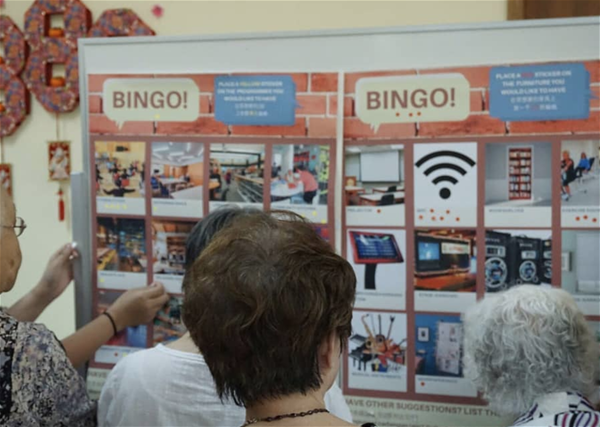
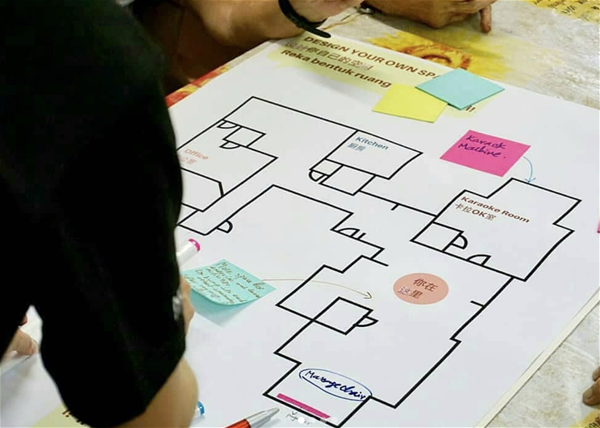
“We realised that all of them wanted things that evoked nostalgia. So we incorporated this motif into our designs, such as using Peranakan styled tiles. We also designed an open-concept community space that included a garden,” she says.
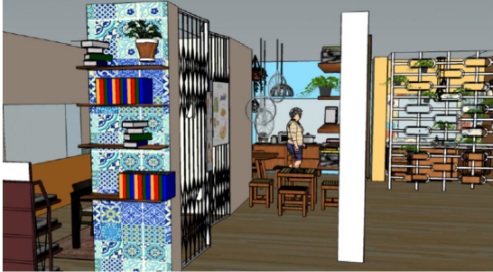
Although the project did not move beyond the concept phase, the experience taught her the many aspects of managing a project, such as the process of consultation that would be necessary in the working world.
Wen Yu also took part in an entrepreneurship programme organised by NP.
“I applied for the school’s Kickstart fund, and received $3,000 to fund my own personal art business, which I called ‘Magically’. I designed and painted customised water colour cards for customers and donated the proceeds to charity. It was a lot of fun and it also gave me a bit of insight on how to run a business,” she says.
Wen Yu has now applied to study architecture at the National University of Singapore. She continues to run her art business in the meantime. In the future, she plans on continuing that mission in using design to build socially and environmentally sustainable cities.
Wen Yu has one parting advice for students applying for a design course in polytechnic.
“Dig deep and ask yourself why you are applying for a particular course. Is it because of money? Is it because of your friends? Is it because of self-expression? Don’t jump in thinking the course is a good fit for you without being sure of it, because it is going to be a good three years. You want the course to work for you and your learning, not the other way around. Follow your heart, and always keep in mind how you want to use these skills and knowledge to contribute to the greater good,” she says.



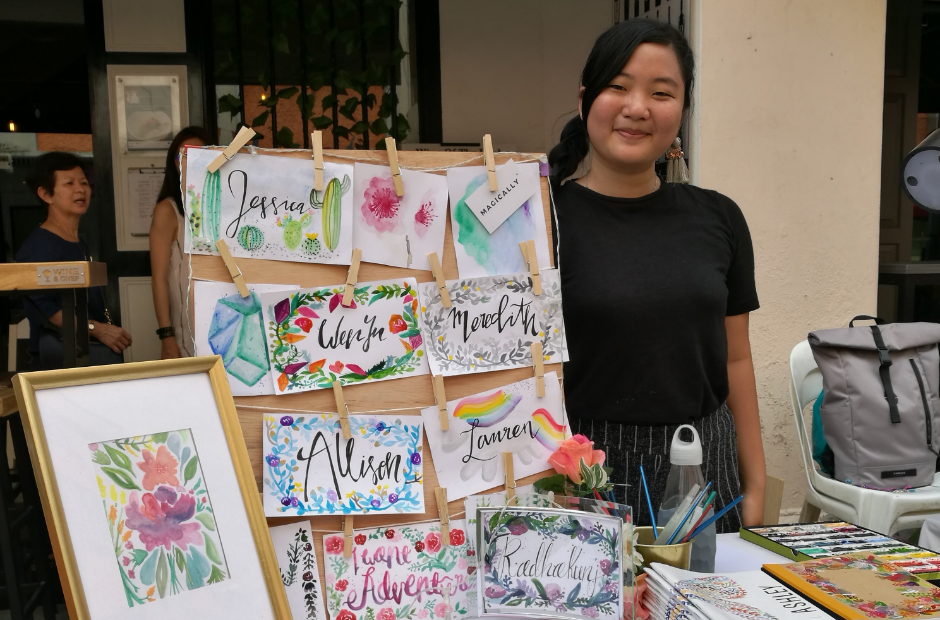

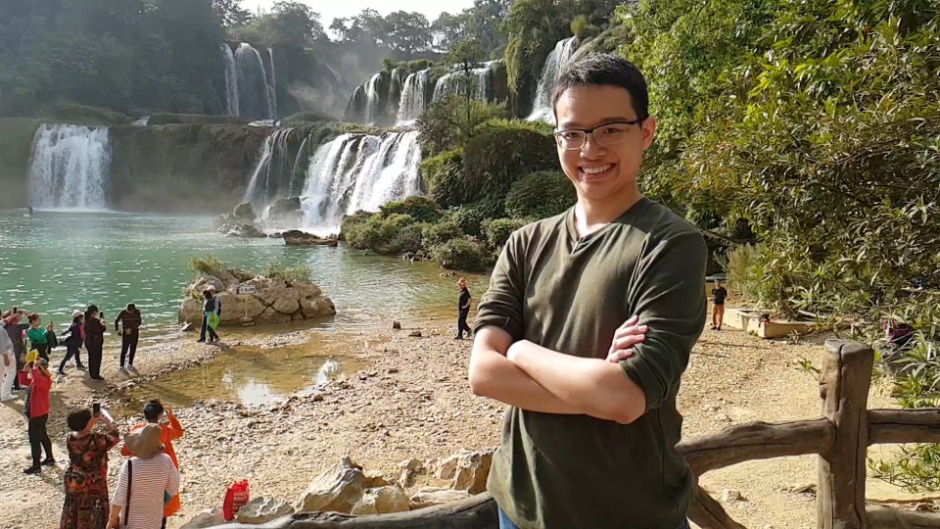
.jpg)